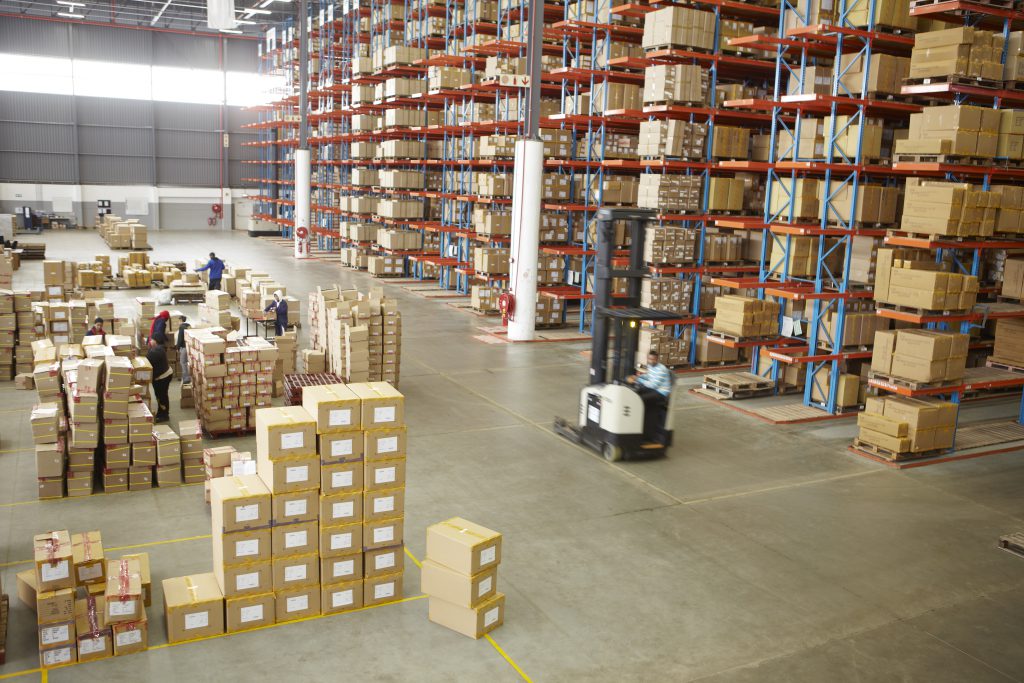Replenishment Product Aims to Boost Retail DC Optimisation
23rd January 2017

From today, retail supply chain teams will be able to use the Blue Yonder Replenishment Optimisation solution to overcome two key challenges they face in ordering and distributing stock:
1. Predicting store demand and using these predictions to automate the stock ordering process.
2. Deciding how to distribute and ration the available stock when the store orders differ from the deliveries into the distribution centre.
Blue Yonder’s Replenishment Optimisation for Distribution Centres uses artificial intelligence to optimise and automate these decisions to better balance oversupply in the warehouse with out-of-stock and waste situations in the store. The new solution ensures that the distribution centre has exactly the right amount of products available that the stores will need (not more, or less).
Currently, most supply chain managers use a mix of manual processes and rule-based logic from their fulfillment systems to decide what to order and where to send available stock. With this new solution from Blue Yonder, machine learning enables grocery retailers to calculate the likely demand from each store based on individual customer purchasing patterns, including the potential profitability of the decision.
Customer demand for individual products are calculated at the store level and harmonised across the demand chain to optimise order intake. This allows stock ordering to be based on the most granular level of information; knowing true customer demand ensures increased accuracy and optimal stock investment, synchronizing the demand between the store and the distribution center. This helps to reduce inventory costs and therefore frees up resources for other business operations, without adversely affecting the service level in store.
Blue Yonder’s Replenishment Optimisation uses artificial intelligence to enable supply chain and replenishment teams to make the best distribution decisions each day by:
• Replacing manual processes and rule-based logic with automated decisions.
• Accurately predicting the demand of each individual product, each day, across all store and distribution centre locations.
• Automatically including events like promotions into its calculations.
• Understanding the exact impact of over and under ordering on each individual store, and calculating which store can optimize the sales of available stock on hand.

